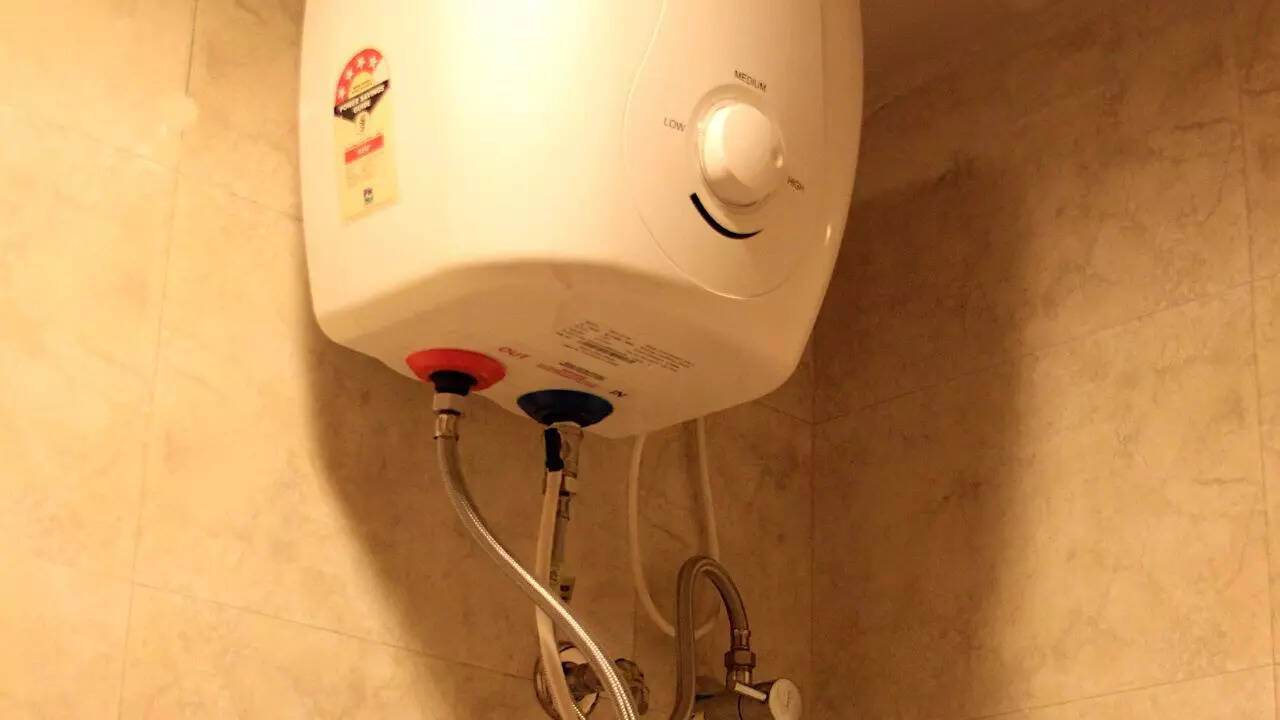
Bathing is a daily ritual, but how you use your geyser during showers can make a big difference to your safety and comfort. Experts now advise switching off your geyser before stepping into the shower to maintain a safer water temperature and prevent sudden shocks. Leaving the geyser on during your bath can sometimes cause water to become excessively hot, leading to skin burns or discomfort. Switching it off a few minutes beforehand allows the water to stabilise at a warm, steady temperature, reducing sudden temperature changes that can stress the body.Studies support the importance of maintaining consistent water temperature during bathing. A 2023 study published in the International Journal of Health Sciences and Research examined the effect of sudden temperature changes, such as moving from steam to cold water, on body temperature among healthy individuals. Sudden exposure to hot or cold water can increase heart rate, constrict blood vessels, and cause unnecessary stress, particularly for those with sensitive cardiovascular systems. By turning off the geyser at the right time, you can enjoy a safe and comfortable shower every day.
Health benefits of switching off the geyser

Turning off the geyser before bathing can prevent accidental burns and maintain a more comfortable water temperature. Overly hot water can strip the skin of natural oils, causing dryness and irritation. It may also trigger the body’s stress response, raising heart rate and blood pressure. Allowing the water to cool slightly by switching off the geyser ensures a comfortable and relaxing shower, which improves circulation, eases muscle tension, and reduces stress on the body.
Safety precautions while using a geyser
Even when switching off the geyser, certain safety steps are crucial:
- Ensure the geyser is properly installed and regularly maintained.
- Keep all electrical connections away from water to prevent accidents.
- Test the water temperature with your hand before stepping in.
- Avoid touching the geyser directly while it’s operating or immediately after switching off.
These measures help maintain a safe bathing environment while enjoying the benefits of warm water.
Choosing the ideal water temperature in geysers
The best water temperature for bathing is between 37°C and 40°C. Water that is too hot can scald the skin, while water that is too cold may cause discomfort or sudden stress on the body.Switching off the geyser a few minutes before entering allows the temperature to stabilise in this ideal range. Thermostats on modern geysers can also help regulate temperature automatically, ensuring a safe shower experience.
How switching off your geyser protects cardiovascular health
Sudden exposure to extremely hot water can put stress on the heart and blood vessels. By switching off the geyser in advance, water temperature stabilises, preventing sudden spikes in body stress, heart rate, or blood pressure. This practice is particularly important for older adults, children, and individuals with sensitive cardiovascular systems, ensuring showers remain both safe and relaxing.
Additional tips for a safe and healthy shower
- Limit shower duration to 10–15 minutes to avoid skin dryness.
- Use mild soaps or body washes to maintain hydration.
- Keep bathrooms ventilated to prevent humidity and mold growth.
- Step out slowly from the shower to avoid sudden temperature changes.
Following these small routines alongside switching off the geyser ensures a safer, more comfortable bathing experience.Switching off your geyser while bathing is a simple yet effective step to protect your health. It prevents overheating, ensures safe water temperatures, and reduces sudden stress on the body.Combined with basic safety measures, this habit can transform your daily shower into a relaxing, comfortable, and safe experience.Also read| 6 ways to get rid of black mould from your walls and prevent it from returning






